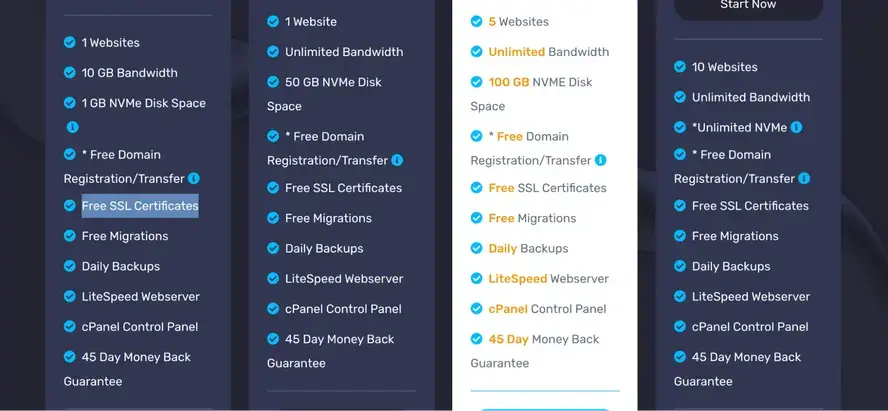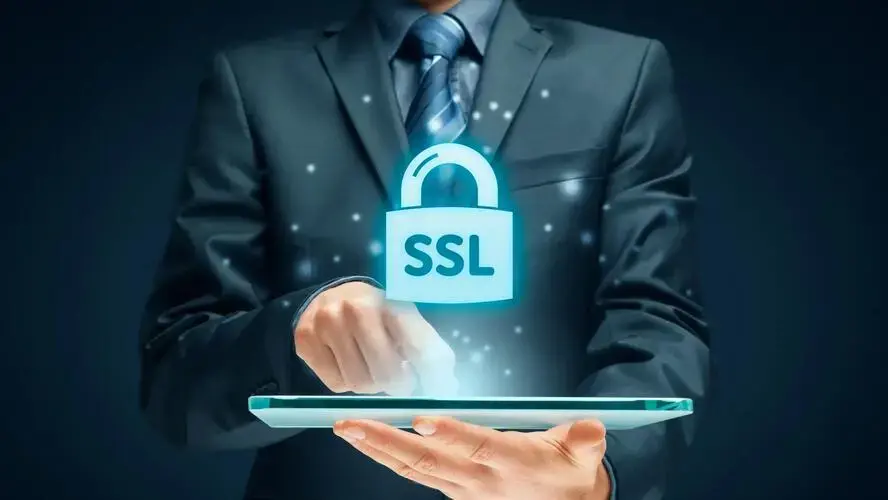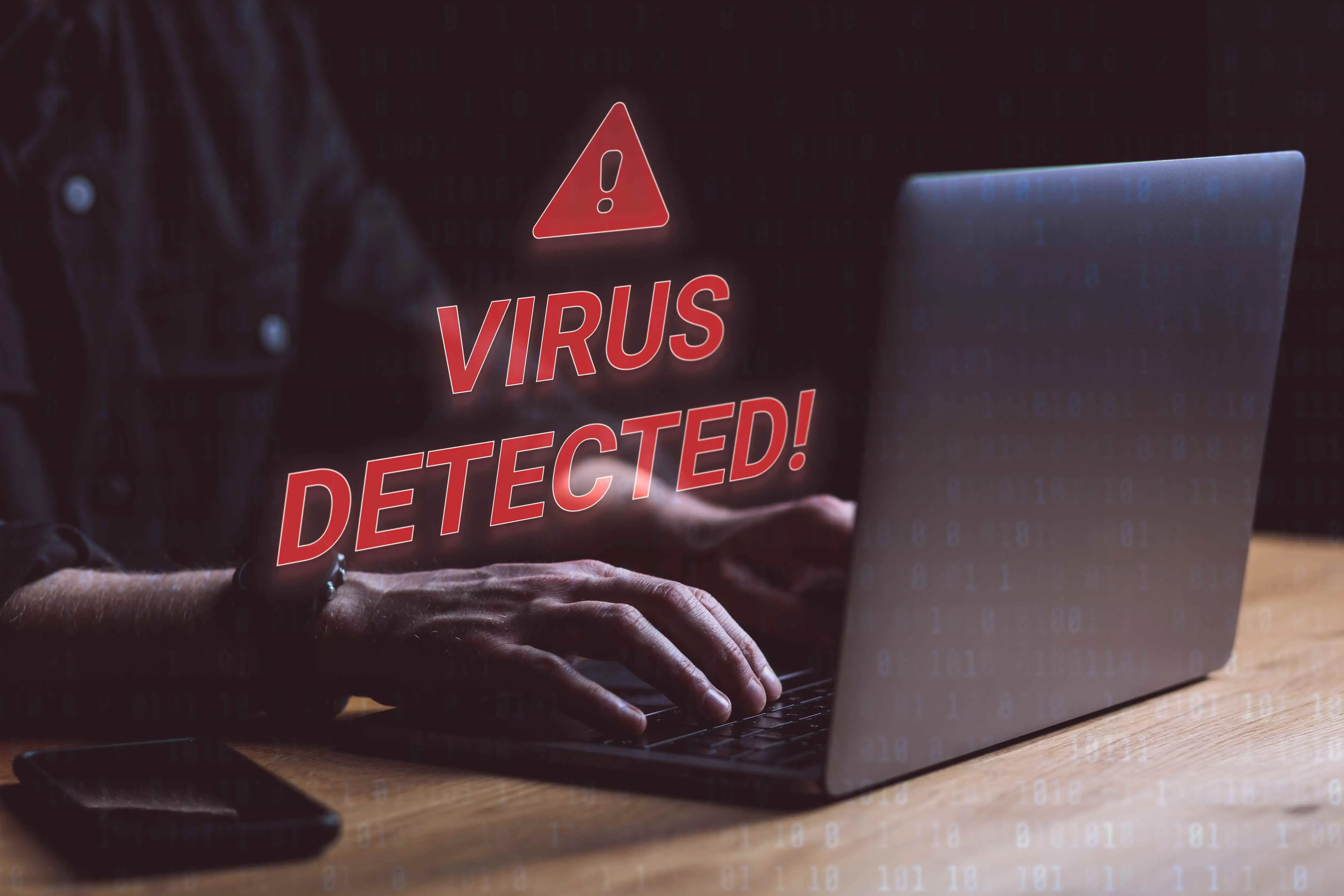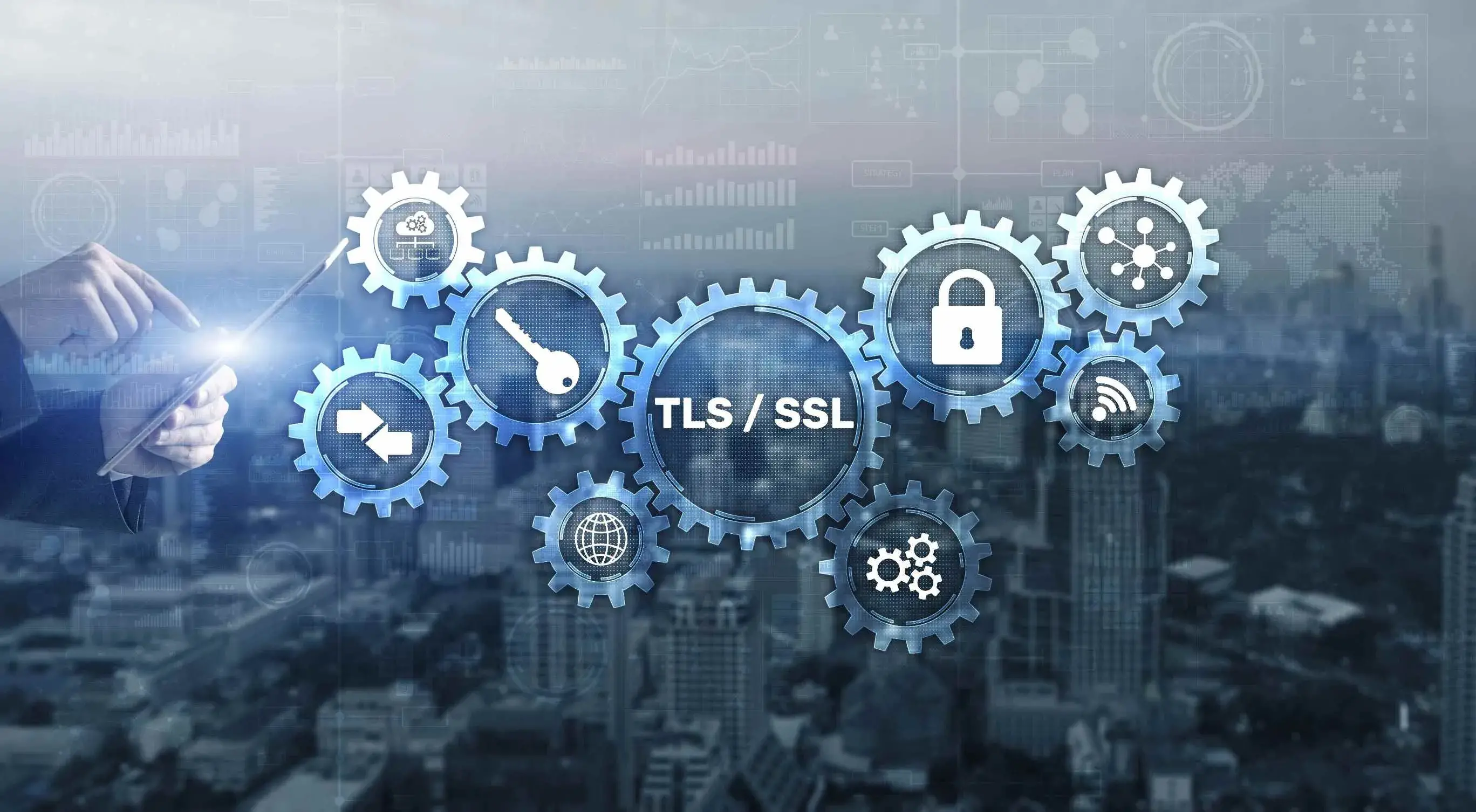An essential component of any website you visit on the internet is its security and whether your personal information is safe. In this article, you'll learn how to install an SSL certificate on your website and secure it from potential attacks. SSL certificates are used today to protect online transactions and to keep customer information private and secure.
What is an SSL Certificate?
An SSL certificate is a digital certificate that validates a website's identity, encrypts data, and protects any communication between a web browser and a server, this way; hackers do not have access to the website user's data. Once an SSL certificate is installed on your website, it becomes secured and verified, customer's data is protected, which leads to limited hacks or attacks on the website.
Here are a few tips for identifying verified and highly secured websites:
The URL should start with HTTPS (HyperText Transfer Protocol Secure) and not HTTP (HyperText Transfer Protocol).
The address bar shows a padlock next to the URL

Why Do You Need an SSL Certificate?
There are a few misconceptions about installing SSL certificates that I'll like to debunk:
It slows down your websites.
Your website is not a payment platform, so I do not need to install SSL.
SSL should only be installed on web applications with a login page and more.
If you are still considering whether or not you need an SSL certificate installed on your website, remember that cybercriminals are also waiting to steal your information and sell it for cheap bucks. I recommend you get an SSL certificate. You can benefit from an SSL certificate in several ways, including the following:
Improved Security
All websites require SSL certificates to protect them from malicious attacks. In most browsers, it is easy to tell which sites are secure and which are not. Unsecure websites will always display a warning when you encounter one, This warning is usually on the address bar "This website is not secure”. A website showing HTTP without S, which stands for security, is also a warning sign to exit the website.

Improved Ranking on Popular Search Engines
Having an SSL certificate installed on your website is essential to SEO, as it helps your website rank higher on popular search engines like Google and Bing. If your website doesn't have an SSL certificate, it won't appear in search results for potential visitors.
Visitors feel safe engaging with your brand
Everyone needs an SSL certificate on their site, whether a personal or business site. Imagine a scenario where you are on a website about to make bookings for a flight and make payment which requires you to input your credit card number. You discover the warning sign, “This website is not secure”. You won’t want to proceed with that booking because the website is insecure. That is why all websites need an SSL certificate to avoid exposing private information and customer data. In addition, it makes your brand more trustworthy in the eyes of your customers.
Better User Experience for HTTPS websites
It's becoming increasingly important to look out for website security when browsing websites. To ensure that e-commerce websites are secure, PCI (Payment Card Industry) compliance requires SSL certificates on all sites that accept payments. A safe site earns customers' trust and boosts conversion rates and business growth.
How does SSL Certificate work?
When a browser or server attempts to connect to a secured website, the browser requests the web server to identify itself as a secure site (HTTPS).
The web server sends the browser or server a public key with its SSL certificate, which is digitally signed by a third party Or Certificate Authority.
The browser/server inspects the SSL certificate, checking the issuer's digital signature to ensure the certificate is valid, i.e., whether to trust it or not. CA’s private key creates digital signatures.
A padlock icon appears in the address bar, indicating the web server's public key belongs to the web server.
Verification is done.
Now, your browser creates a symmetric key or a shared secret, keeps one, and gives a copy to the web server. The browser would not want to send the shared secret in plain text. Therefore, the web server's public key encrypts the secret and sends it to the web server.
The web server gets the encrypted symmetric key, which uses the private key to decrypt it. Now the web server gets the browser's shared key. All traffic between the client and the web server will be encrypted and decrypted using the same key.
Types of SSL Certificates
There are three primary levels of SSL certificates:
- Domain Validation Certificate
Here, the domain name and SSL Certificate are owned by the same person. This certificate is available to individuals and businesses and frequently comes with free hosting plans.
- Organization Validation Certificate
This certificate verifies that you own the domain and that the business is registered. This is not available to individuals, only to registered businesses. Visitors can click the green lock icon in the browser to see business names listed.
- Extended Validation Certificate
This certificate verifies the domain and business owners are registered and adds additional validation layers, only available to businesses. The result has a higher level of trustworthiness, and the browser will often display a full green URL bar.
How to Install an SSL Certificate
SSL certificates do not protect your website, it protects the data sent through your website, and examples of the data can be names, credit card numbers, and more. Installing an SSL certificate also prevents hackers from creating fake sites, verifying ownership of the website, better search engine ranking like Google, and satisfying PCI/DSS requirements, amongst others.
For your primary portfolio sites, Domain Validation Certificate should work for it.
If you consider having a membership site and want to start collecting customer data, and processing payments, you might be required to get a higher certificate level.
When you buy a domain from a website like Verpex, an SSL certificate is automatically assigned to you. As part of Verpex's web hosting service, every website comes with a free SSL certificate (AutoSSL) by default. The free SSL is automatically deployed within an hour after your website goes live after it has been published.

Suppose you decide to go with your SSL certificate and want to install it on your own. In that case, you can use the following steps:
Go to the web host manager known as (WHM)
Locate the SSL/TLS Icon
Click on MANAGE SSL SITES under the install and manage SSL for your website (HTTPS) menu
RSA key and CA bundle with SRT
Enter SRT in the 1st field
RSA key into the 2nd field
Copy and paste the CA bundle in the 3rd field if it is not a field already.
Click install certificate
The new certificate should begin working after following the above steps to install an SSL Certificate.
How to Force HTTPS on your Website
Once an SSL Installation is completed, your website becomes available over HTTP and HTTPS. Preferably, your domain should load with HTTPS, which encrypts and secures your website's data. Remember that the S on the HTTPS stands for security and is essential as many web browsers like Chrome will display a warning if the site does not have an SSL certificate which can ruin your visitor's trust in your site.
The padlock sign should be visible on the address bar, and no warning signs for unsecured websites. If you cannot see all these signs, you will need to force SSL on your site. First, ensure SSL was fully installed by visiting sslshopper.com to confirm the installation and find out why it is not secured by visiting https://www.whynopadlock.com/.
Then use the following steps to force HTTPS on your domain:
Right-click on Domain or subdomain
Go to file manager in the hosting panel
Inside the public_HTML folder, Open .htaccess, but if you do not already have a folder, click on a new file and name .htaccess
Click Create
Right-click on (.htaccess) and click edit with a text editor
Scroll down and locate Rewrite Engine On, then insert the lines of code below
RewriteEngine On
RewriteCond %{HTTP_HOST} verpex.com [NC]
RewriteCond %{SERVER_PORT} 80
RewriteRule ^(.*)$ https://verpex.com/$1 [R,L]
Save the changes
Return to the browser and refresh the page
Wrapping Up
Having a website with an SSL certificate is not a luxury but an important security tool for businesses, securing the safety of online transactions on their platform. Hosting platforms provide you with free SSL certificates, so there’s no reason to not have one installed on your website. SSL certificates encrypt data sent between a website and a server, making it difficult for hackers to decrypt any data. Furthermore, SSL has made it easy to identify secured and unsecured websites.
Frequently Asked Questions
What is SSL security?
SSL stands for Secure Sockets layer, and it is a protocol that is frequently used to communicate information online in a secure way.
Why should I get an SSL certificate?
You need an SSL certificate to convey trust to users, prevent attackers, verify ownership of your website, and keep your user data secure.
Will my hosting plans include data backups?
Yes. Verpex includes backups as part of its shared hosting and dedicated hosting plans.
Will an SSL certificate be included in both shared and WordPress hosting?
Yes, you’ll have access to a free SSL certificate on all hosting packages at Verpex.

Gift Egwuenu is a developer and content creator based in the Netherlands, She has worked in tech for over 4 years with experience in web development. Her work and focus are on helping people navigate the tech industry by sharing her work and experience in web development, career advice, and developer lifestyle videos.
View all posts by Gift Egwuenu


















